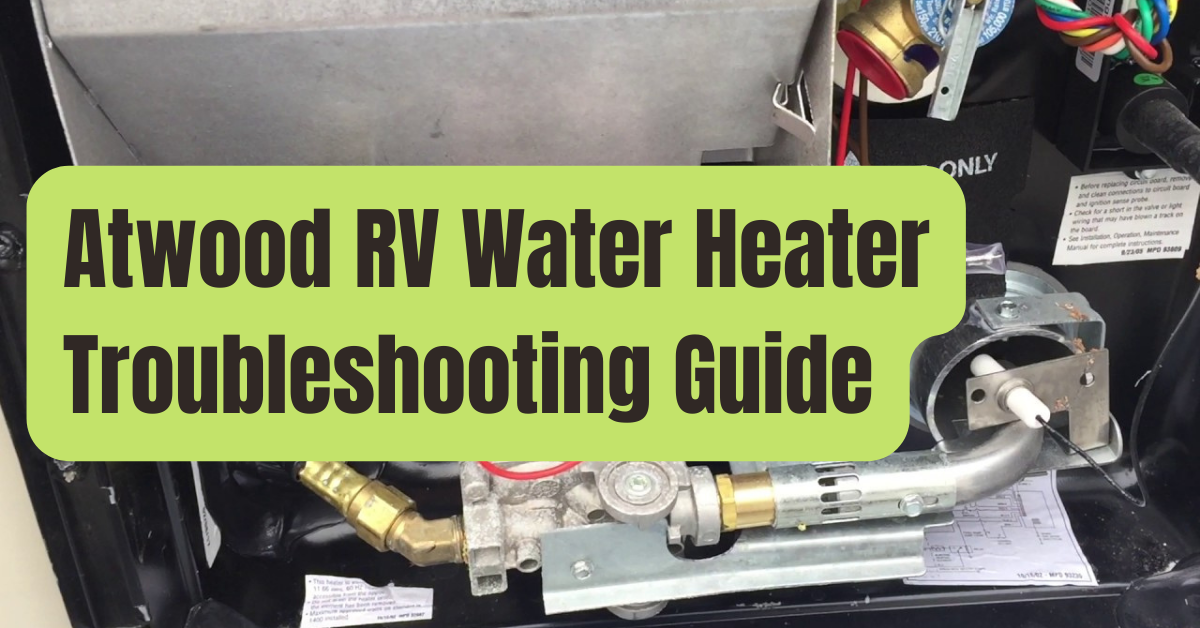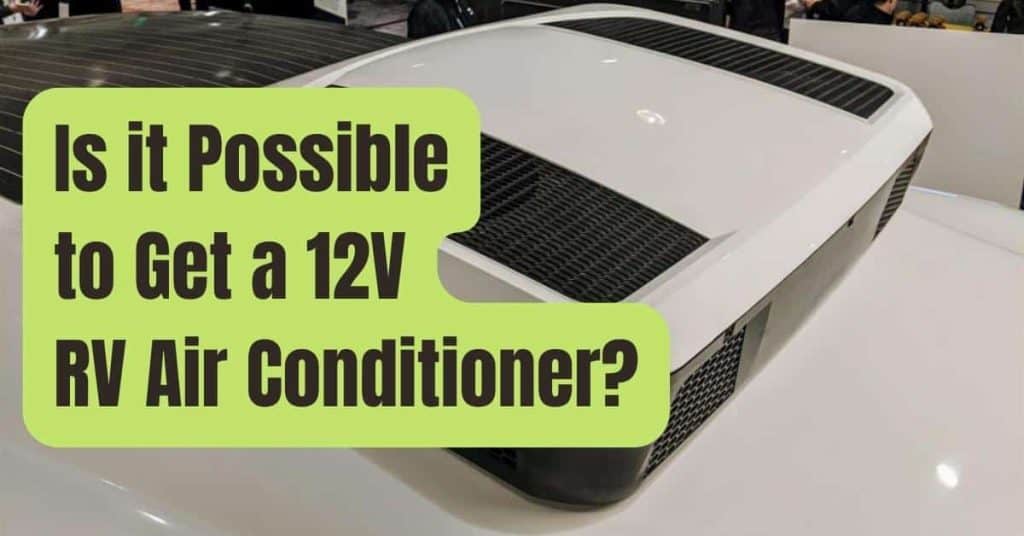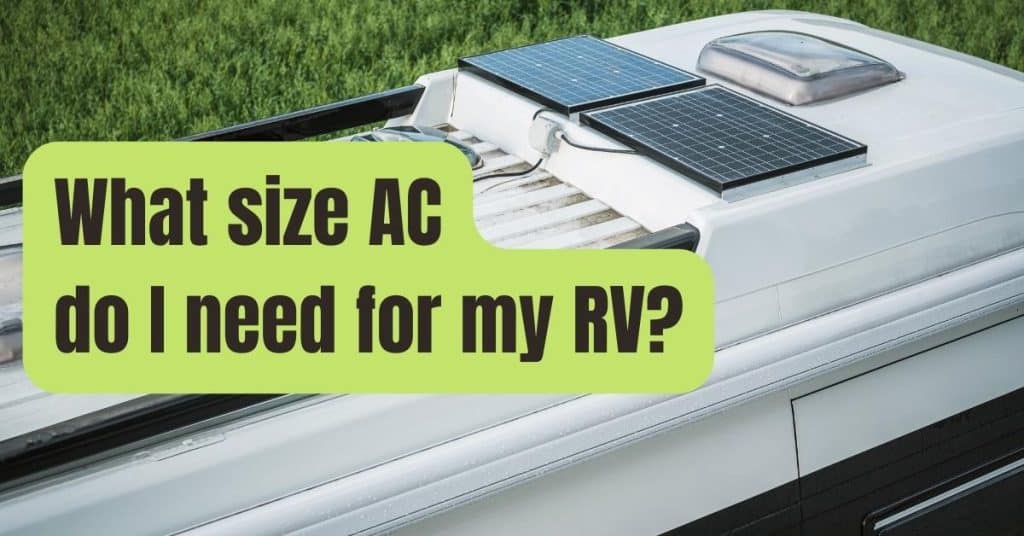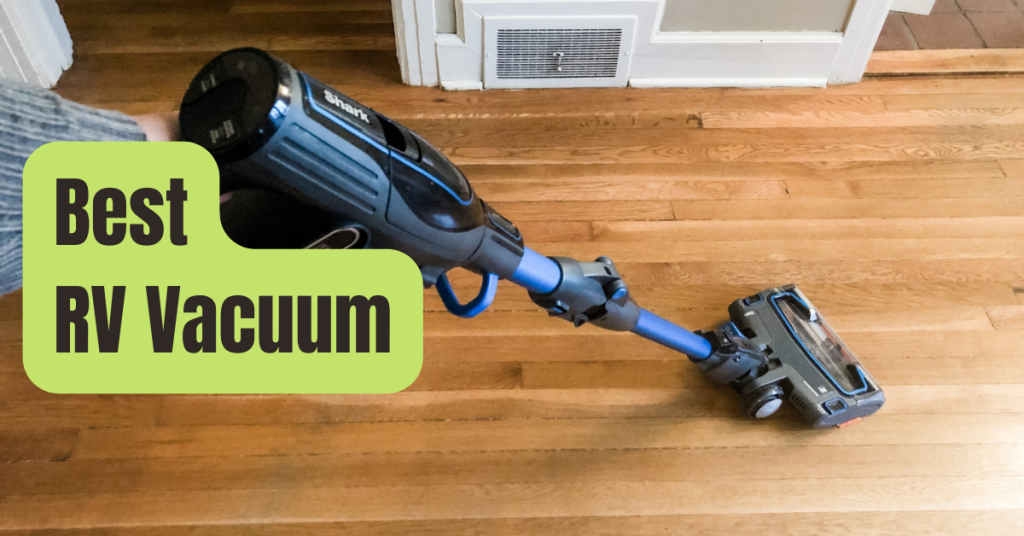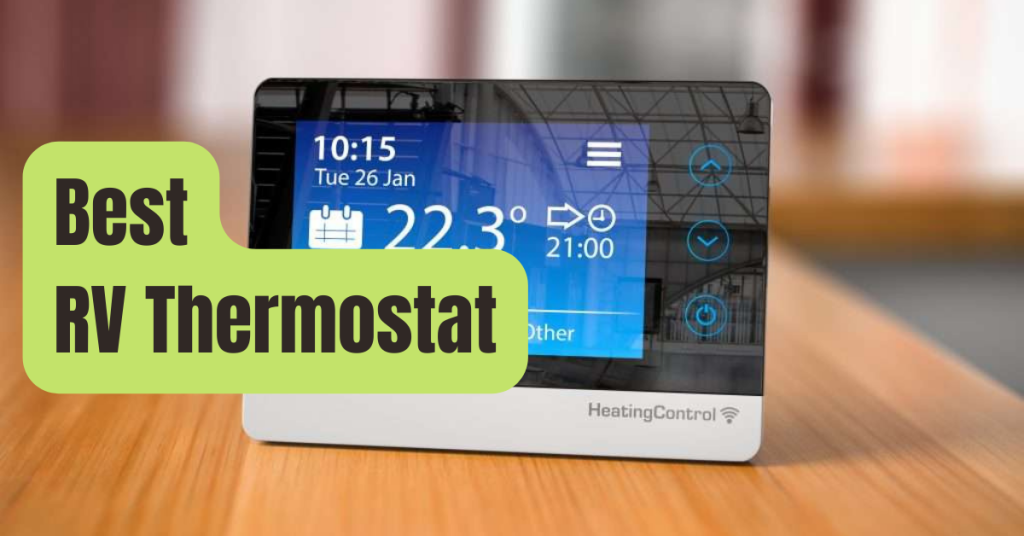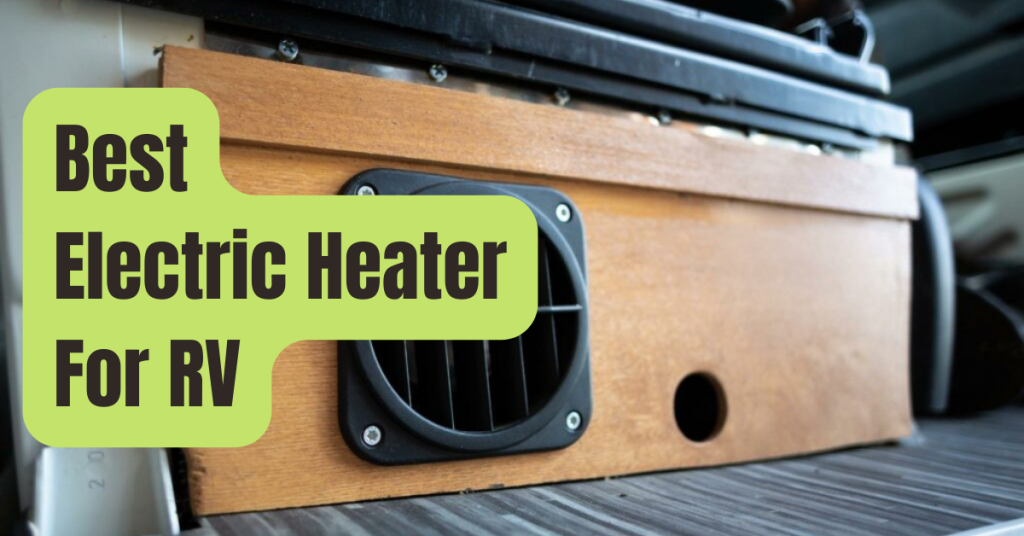There are several issues that might arise with an Atwood RV water heater.
The frequency and kind of difficulties you can sometimes experience depend on the age of the appliance, how often it is used, and how well it is maintained.
This Atwood RV water heater troubleshooting guide covers the typical issues customers run into and how to fix them.
This is not meant to be a complete list of every problem you could encounter.
Even if the suggested troubleshooting techniques are thorough, not everyone will be able to fix the issues, even if they are strictly followed.
In the event that you are unable to fix the issue, it is recommended to bring in a qualified specialist or plumber.
#1. Pilot Failure
A pilot outage is among the Atwood RV water heater’s most frequent issues.
This may occur if the thermocouple has to be changed or if the gas control magnet is weak.
You would need to replace the orifice if the pilot flame was weak.
You may attempt cleansing the orifice if the hen is not too old and see how it goes.
Pilot outage may also be brought on by a blocked U-tube.
Remove any obstructions by cleaning the tube.
You should check the gas pressure to make sure it is as the manufacturer, in this example Atwood, has advised.
Change the pressure.
To ensure that the main burner is properly aligned, you should also verify that the air adjustment is accurate.
If not, you must make the required corrections to ensure proper alignment.
If the pilot outage occurs when the knob or button is released without any other visible issues, it may be necessary to hold the knob or button for a longer period of time than normal.
Weak thermocouples must be replaced, all connections must be tightened.
#2. The Electrodes Don’t Spark
There are straightforward fixes for this.
To make sure the electrodes aren’t soiled and blocked, clean them.
To prevent them from being sloppyly connected to the primary burner, secure the electrodes.
If the gap isn’t right, move the electrode you believe to be the issue.
On the circuit board, any exposed wire connections need to be tightened.
The electrode has to be changed if there are any inside wires that are loose or if the insulation is damaged.
Another possible cause of the issue is a faulty circuit board.
Have it changed.
#3. Gas Burner Does Not Light
It’s conceivable that the gas valve is broken and is preventing gas from entering.
It’s possible that there won’t be any voltage to cause the electric spark.
The circuit board or solenoid valve could need to be replaced, and the E.C.O.
would also need to be checked.
The issue might be caused by loose wires on the E.C.O.
The burner orifice must be examined to see if it is clogged.
If cleaning it doesn’t address the issue, you should consider replacing it.
You must check that the U-tube is clear of obstructions, that the gas control is calibrated correctly or that it has to be changed, that the flame spreader is properly oriented, and that any damaged valves, electrodes, or circuit boards are replaced.
#4. Not Enough Hot Water
The temperature of the water fluctuates and suddenly becomes colder.
There are several causes for the temperature fluctuations.
It’s possible that your burner or U-tube is partly restricted.
It could be necessary to adjust the burner, air shutter, or burner orifice holder.
It’s possible that the temperature selector has failed.
The thermostat could be broken.
The bypass lever or the flame spreader might be installed incorrectly.
The pressure and temperature relief valve may have a problem.
It can be quickly replaced.
#5. Soot Accumulation
Although soot problems are uncommon, when they do arise, the situation is alarming.
Not because there is a serious danger, but because you don’t encounter problems like this every day.
You must inspect the burner alignment as well as the exhaust grille, air shutter, or valve.
Always maintain perfect alignment, calibration, and cleanliness for every component.
Examine the gas supply, ignition, electrode insulation, thermostat, ground wire of the gas valve, and general grounding.
Any problem with any of these parts will either lead to sooting or enable it.
The parts are simple to clean, align properly, tighten loose parts, make sure appropriate grounding and a sufficient gas supply.
In any case, preventive maintenance should take care of all these problems.
There are several other issues that an Atwood RV water heater may encounter.
Always refer to the manufacturer’s handbook or troubleshooting guide for your Atwood RV water heater.
If you believe the issue and the solution are beyond your skill, always contact a plumber, electrician, or technician who specializes in water heater repair.

